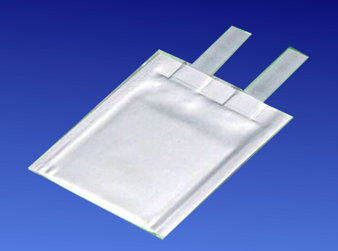polyacenic capacitor (PAC)
Polyacenic Capacitors(PAC) are high performance capacitors with electrochemical conversion. They use a conducting polymer, polyacenic semiconductor( PAS), for the positive and negative electrodes. The electrodes have an amorphous structure and can bind a corresponding number of ions. Therefore, polyacene capacitors have higher energy and power densities than double- layer capacitors.
The energy density corresponds to that of lithium ion capacitors( LiC). Because the material is extremely stable, PAS capacitors have good performance values in terms of energy density, durability, overcharging and overdischarging. Since polyacene capacitors do not contain heavy metals such as cadmium, mercury or lead, they are environmentally friendly and comply with RoHS directives.
Polyacene capacitors are available as button cells, in cylindrical design and in ultra-flat design as thin film. Their operating voltages are 2.5 V and 3.3 V and their capacitance values can range from a few milli-farads to a hundred farads (F). Polyacene capacitors are used in mobile devices in which they replace batteries or rechargeable batteries. For example, in cell phones and smartphones, in tablets, notebooks and other devices, but also as backups for real-time clocks.

